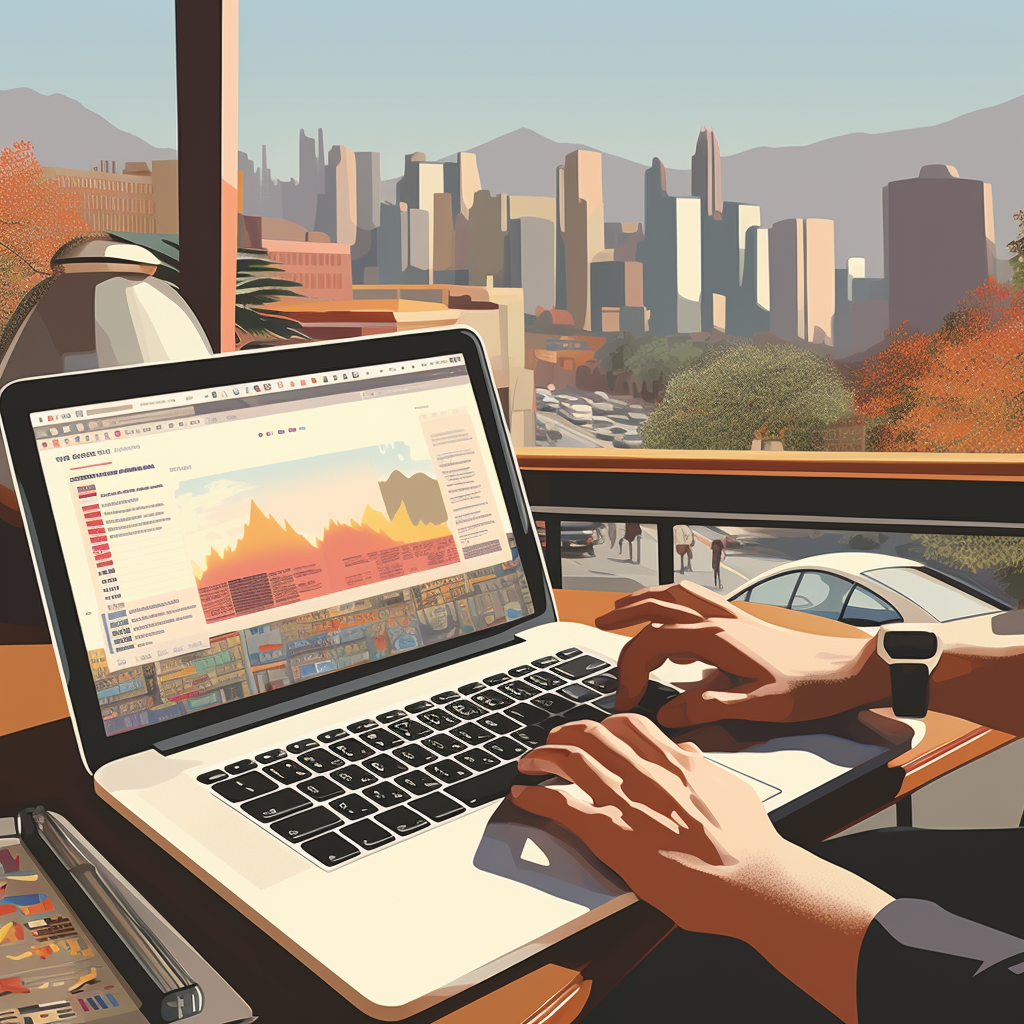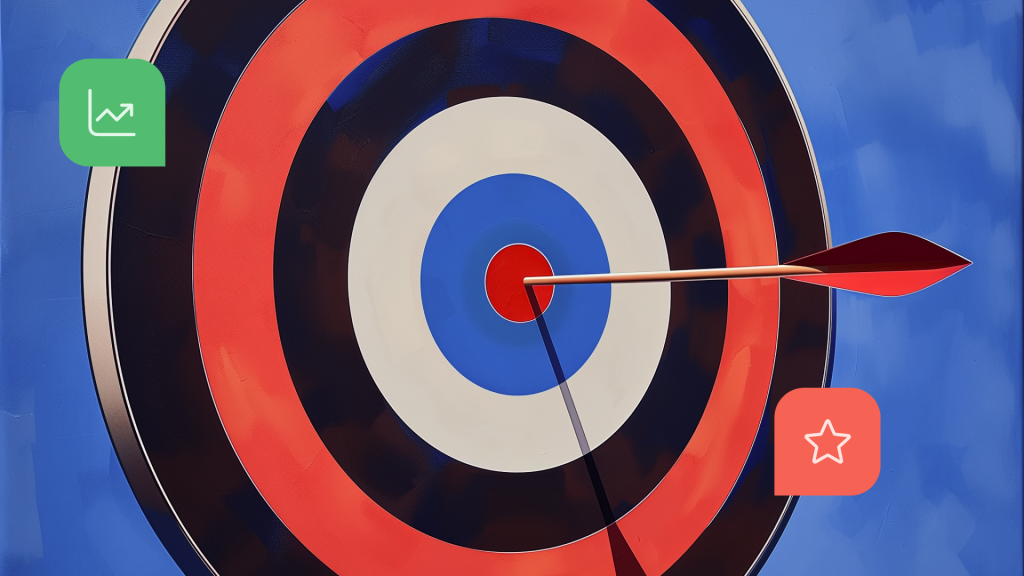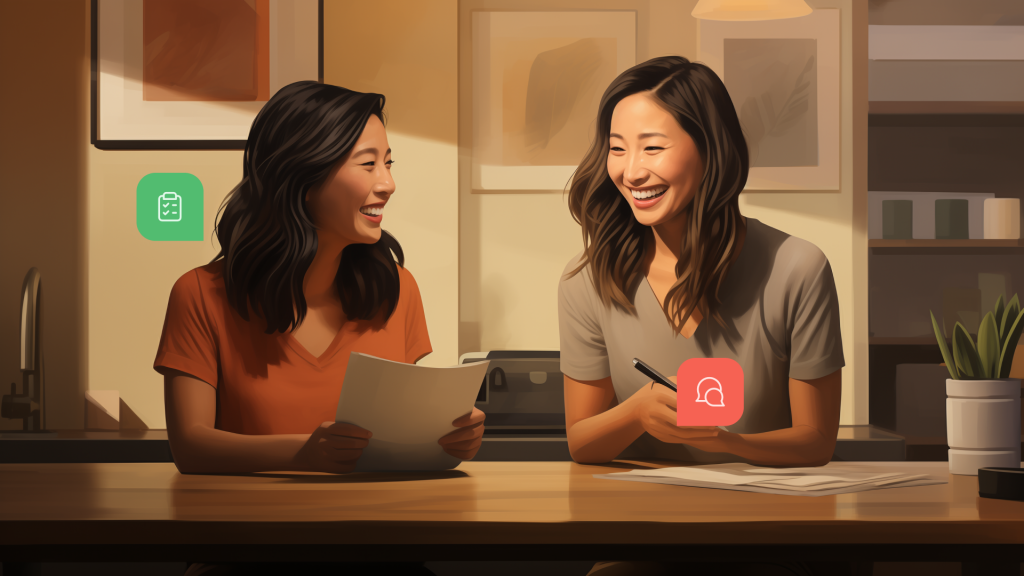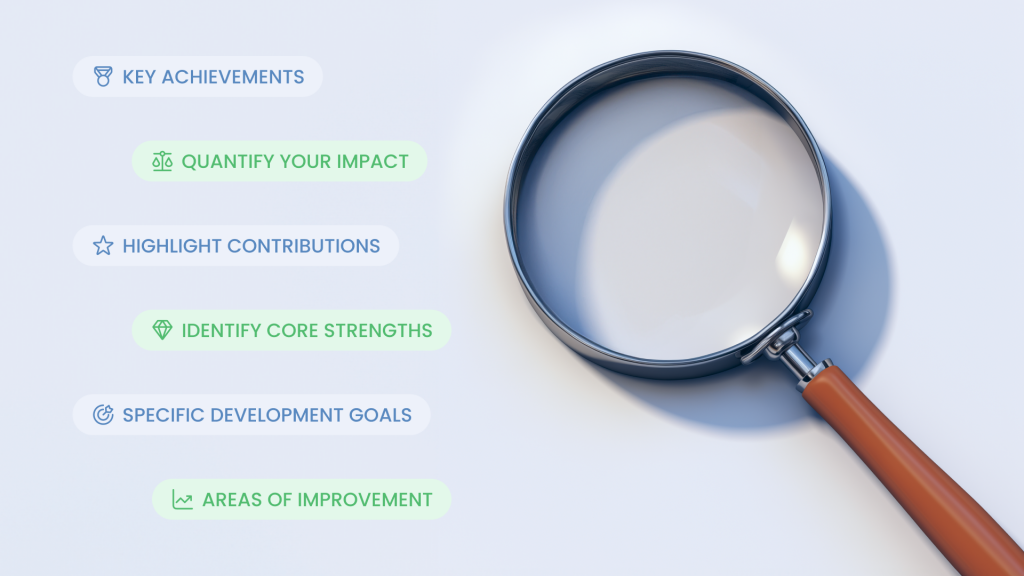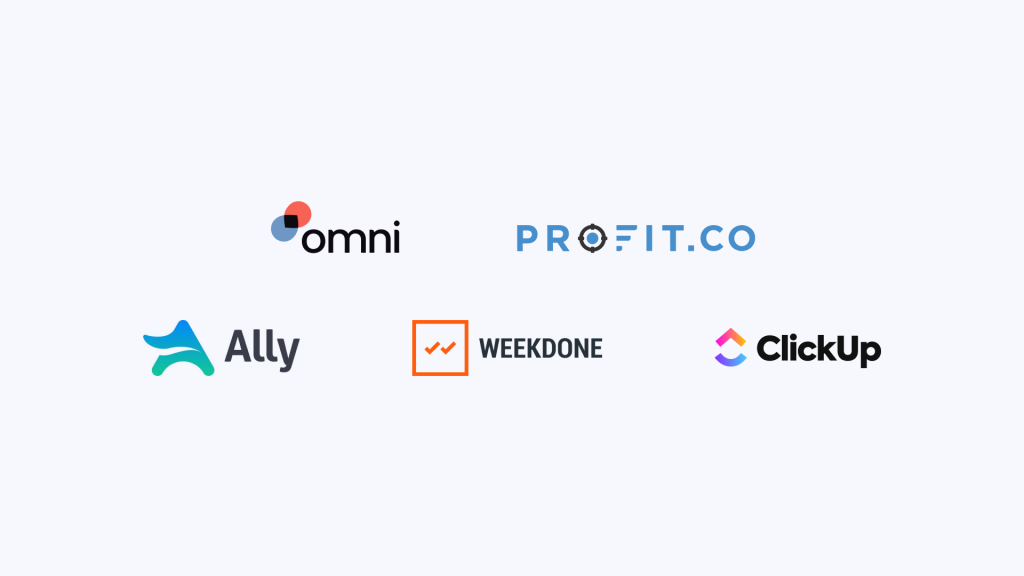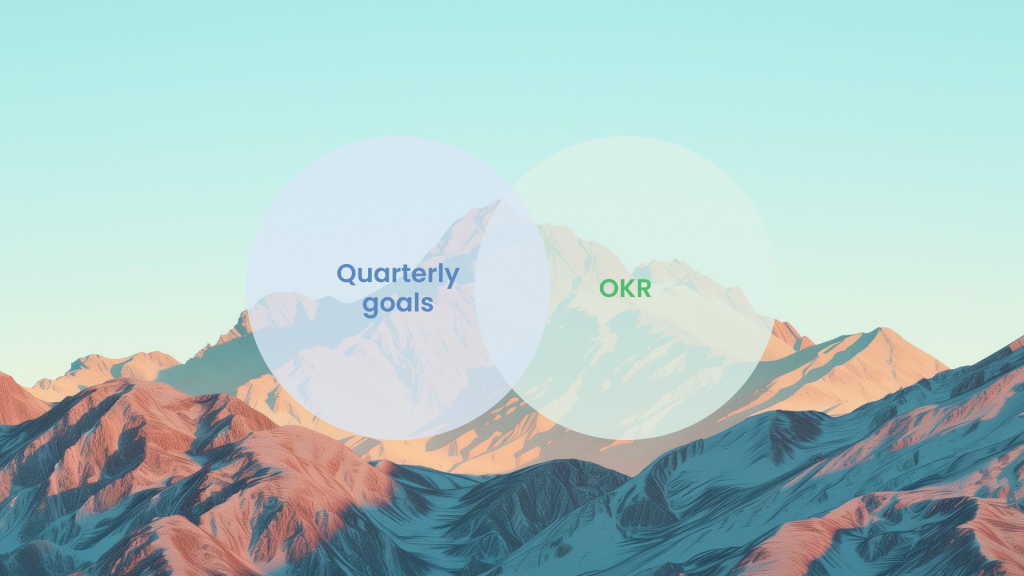Bias when it comes to employee performance in the workplace is constantly being tackled by company management, when done right employee’s can get more productive and motivated with efficient performance reviews.
To ensure every employee gets fair and objective comments for their works, it’s best to perform a performance review calibration as it assures consistent standards and criterias are being used when evaluating performances.
In this article, we’ll be discussing what you stand to gain with performance review calibration and how you can effectively implement it for your teams.
What is a performance review calibration?
Performance review calibration involves the steps and actions done to ensure that employee performance evaluations are accurate, uniform, and fair in a company.
This calibration is done for every employee to be evaluated using the same metrics and criteria. During the process, team leaders and managers gather to compare their assessments, while also exchanging viewpoints and thoughts to create a shared knowledge of each employee’s performance.
After reviews are gathered, calibration talks usually take place so managers can update and align their rankings with the uniform rating standard.
Read next: A Guide to Mastering Performance Management
Why is performance review calibration important?
After knowing what the performance review calibration entails, why is it important to teams? Performance calibration is necessary because no matter how data-driven your evaluation process may be, the team leads and managers can be subject to unconscious bias.
Organizations use it to promote employee trust, achieve corporate success, and lower legal risks related to unfair or inconsistent evaluations.
It’s also important to encourage a transparent and accountable company culture that prompts managers to hone their assessment abilities while matching talent development to organizational requirements.
Performance review calibration can help employees have access to clear expectations, receive reliable feedback, and be evaluated on general grounds.
When a company prioritizes calibration it shows that it cares about the success and advancement of its employees, which in turn produces a workforce that is more engaged, driven, and productive.
Additional reading: 5 Common Performance Appraisal Mistakes to Avoid
What are the benefits of a performance review calibration?

Performance review calibration has many benefits that improve the evaluation process, contribute to a fair and equitable work environment, and drive performance results. Here are some benefits you should see:
Reduce bias
Practicing performance review calibration can help remove any personal biases and stereotypes that can influence evaluations. The team leads and managers are enjoined to focus on objective criteria, ensuring that evaluations are fair and unbiased.
Standardize evaluations
The standardization of evaluation enables fair comparisons and informed decisions when it comes to employee performance. It also ensures consistency in evaluation criteria and standards across the organization irrespective of the teams involved.
Fairness and equity
Fairness and equity in the workplace are some of the core company cultures organizations try to build. Doing performance review calibration can help to promote fair and equitable treatment of all employees, regardless of demographics or backgrounds, and eliminate every form of discrimination.
Read next: The Pay Parity Guide for HR
Improve credibility
The credibility of every organization hinges on a lot of internal factors and performance review is a part of them. When a company demonstrates a commitment to ensuring employees are well-evaluated, their credibility can also get better.
What are the performance review calibration methods?
They are simply methods that can be used to practice performance review calibration for teams. Here are some of the calibration methods:
Anchoring
For this method, performance review calibration is done by using a benchmark or “anchor” to evaluate employee performance. The benchmark could be a high-performing employee, a specific project, or a certain metric.
In this method, you can also establish a rating system by adopting or adapting existing scales, such as Behaviorally Anchored Rating Scales (BARS) or numerical scales like binary or Likert scales.
BARS evaluate specific job-related behaviors to minimize bias, while numerical scales assess performance on a spectrum. Whichever one suits your organization, apply it consistently to ensure fairness and accuracy in employee evaluations.
For example, the anchor for your marketing team’s performance can be a top-performing campaign, this is used to evaluate the performance of every other campaign making sure that they are all considered on uniform levels.
Forced distribution
In this performance review calibration method, managers are forced to place employees into a bell-curve distribution; it’s like a distinct performance bracket, typically ranging from poor to excellent. Theoretically, a fixed percentage of employees fall into each bracket.
The goal of this calibration is often to:
- Identify and develop high-potential employees
- Recognize and reward top performers
- Address and improve low performing employees
Forced distribution is often coined as controversial and as some companies think it may lead to creating a culture of competition, it can be harmful to teamwork and collaboration within the workplace.
Learn more: The 4 Pitfalls To Avoid When Conducting Performance Reviews For The First Time
Rank order calibration
Using this method involves ranking employees in order of their performance, from highest to lowest, without using a specific distribution or anchor. This performance review calibration approach focuses on relative performance, where employees are evaluated compared to their peers.
Here’s a brief rundown of how it works:
- You gather a group of managers or team leads to evaluate employee performance.
- Ask each of them to rank the employees in order of their performance, without assigning specific scores or ratings.
- You then proceed to combine the rankings from all of them to create a master list, which shows the relative ranking of each employee.
- This collective ranking is then used to identify top performers, average performers, and underperformers.
- You can also adjust the ranking as needed, based on discussions and consensus among the team leads and managers.
How to perform an effective performance review calibration?

Now it’s time for the heavy lifting, how can you do an effective performance review calibration for your team? We’ve got you covered by breaking it into 3 major steps.
Preparation
This is done before performance review calibration. You should define your objectives, review performance criteria, and collect relevant performance data. This preparatory phase sets the stage for a productive performance review calibration meeting ensuring everyone involved in rating is on the same page.
1. Define calibration objectives
Clearly state your goals for the calibration process. Is the goal to increase accuracy, decrease bias, or improve the consistency of the review? Defining the specific goals and objectives can aid in keeping direction and concentration.
2. Review performance criteria
You should ensure the performance review calibration criteria are understood by the managers and team leads. Reviewing this will ensure that employees are being evaluated using the same criteria.
3. Collect relevant data
Then you compile all relevant performance information such as employee accomplishments, feedback, comments, and assessments. The basis for talks about calibration will be dependent on the information retrieved.
4. Complete initial performance evaluations
Managers and team leads should also be strict about completing initial performance evaluations based on the collected data. This can help to remove unnecessary bias and promote the evaluation based on employee performance.
Calibration Meeting
This is the major phase of the performance review calibration. You can proceed to schedule a meeting with all managers and team leads to discuss and finalize the performance evaluations.
1. Present initial performance ratings
You can start by sharing the initial ratings to spring up a discussion in the meeting. This is also helpful for first-time managers who haven’t been involved in former performance ratings.
2. Facilitate group discussion
Once the discussion gets started, you can then begin to address discrepancies, biases, and concerns with the calibration. You want to make sure everyone involved states their opinion and agrees so the reason for the evaluation won’t be defeated.
3. Perform rating adjustments
As soon as you’ve been able to reach a consensus, you can begin to adjust the performance ratings concluded from the discussion.
Post Calibration
These are the things that need to be done after the performance review calibration is completed
1. Finalize ratings
Make sure you confirm and finalize performance ratings, they must accurately reflect employee performance without bias.
2. Document the calibration process
You should keep a record of the calibration process and this can include objectives, discussions, and outcomes. You can later use this to track the progress of the calibration and identify more areas for improvement.
3. Communicate outcomes clearly
Also, you should share performance evaluation outcomes with employees, the calibration is done for them and they should be able to provide feedback and know on what grounds they get evaluated.
4. Regularly review the calibration process
The last step you should incorporate is to schedule regular reviews of the calibration process to ensure it remains effective and fair. Adjustments may be needed as your company grows and it’s important to maintain a reliable performance evaluation system.
What are the best practices for performance review calibration?
You should know by now that performance review calibration is a big deal for companies who are looking to get better with employee performance. To get it right, follow these best practices:
Conduct sessions in a neutral environment
You should pick a neutral location where all participants feel comfortable and unbiased to do the calibration sessions.
Ensure you avoid locations that may give one manager or team lead an advantage over others. Doing your discussion in a neutral environment encourages open discussion and a collaborative atmosphere.
Consider having a trained facilitator
If you’re just getting started with this process, you can also consider hiring a trained facilitator who understands performance review calibration and can manage the discussion effectively. They can make sure the session stays focused, objective, and productive.
Base discussion on objective data
It’s also best to ensure the discussion is based on objective performance data, such as metrics, goals, and feedback. This data is like the evidence to support evaluation decisions, reducing bias and subjective opinions. All participants should have access to the same data to produce a fair discussion and conclusion.
Ensure clear communication
When it involves the matter of employee performance, there should be open and clear communication among all participants. The managers and team leads should feel comfortable sharing their perspectives, concerns, and questions about the process.
Achieving Consistent Evaluations with Omni
Implementing performance review calibration into your performance management strategy is an impactful effort towards team effectiveness.
Leveraging automation allows you to streamline your processes while gaining actionable insights for continuous improvement and team effectiveness.Through leveraging the power of automation, Omni allows HR teams and managers access to performance data that drives targeted approaches to swiftly addressing performance gaps and fostering growth within your organization. Our comprehensive and highly customizable performance review capabilities arm your team with the tools necessary to maintain regular performance analysis, and keep employees informed and motivated year round.
Book a demo with our team to learn more about how Omni can improve your performance management and help address performance gaps to foster a culture of continuous growth.
For more support in your performance management journey, download our free Ultimate Performance Review Template and get started on improving your team performance today.



